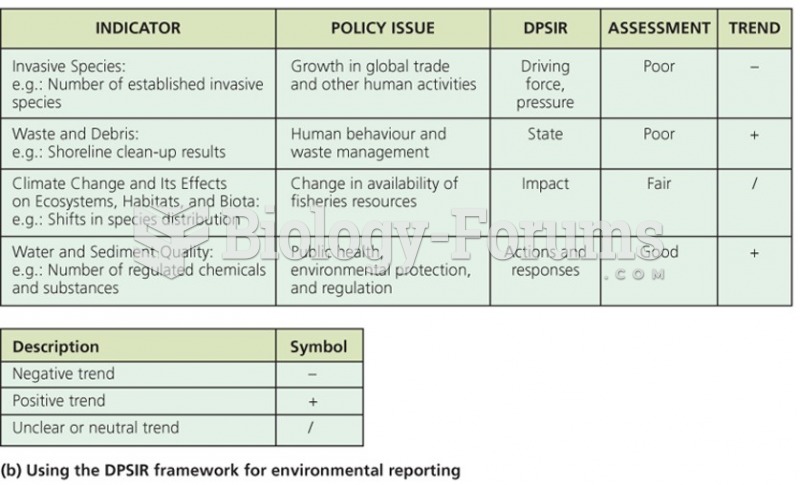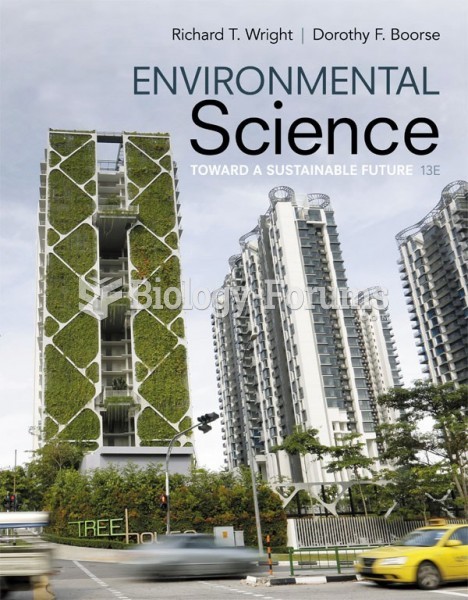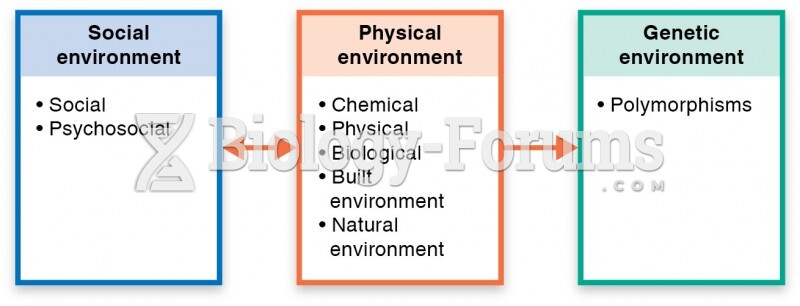Which of the following is suggestive of the unlikeliness of Texas enacting strong new environmental initiatives in the near future?
A) Lingering questions within the scientific community about the causes and effects of global warming
B) The lack of wind energy in Texas
C) The abundance of clean water supplies
D) Arguments by Texas political leaders that federal environmental mandates are no longer needed
E) The legislature's traditional hostility to business interests
Question 2
If a city's population exceeds 5,000, it can choose to become a
A. general-law city with no limits on its taxing authority.
B. type A city limited to a mayor-council form of government.
C. home-rule city with the authority to choose whatever form of government it wants.
D. special district with multiple functions.
E. type C city with unlimited powers except those that conflict with state law.
Question 3
Which of the following best describes Texas's efforts to address contemporary public policy challenges facing the state?
A) Texas actively addresses those public policy challenges that are related to education, the environment, and health and human services.
B) Texas is frequently a leader among large states in addressing contemporary public policy challenges.
C) Texas is generally more proactive than reactive in addressing contemporary public policy challenges.
D) Texas has addressed contemporary public policy challenges irresponsibly by using its immense oil revenues at an unsustainably fast pace.
E) Texas has often been reluctant to play an active public policy role and often addresses challenges only when







